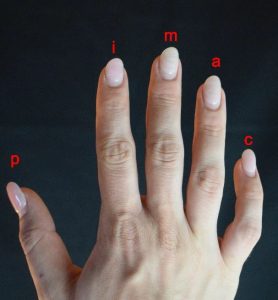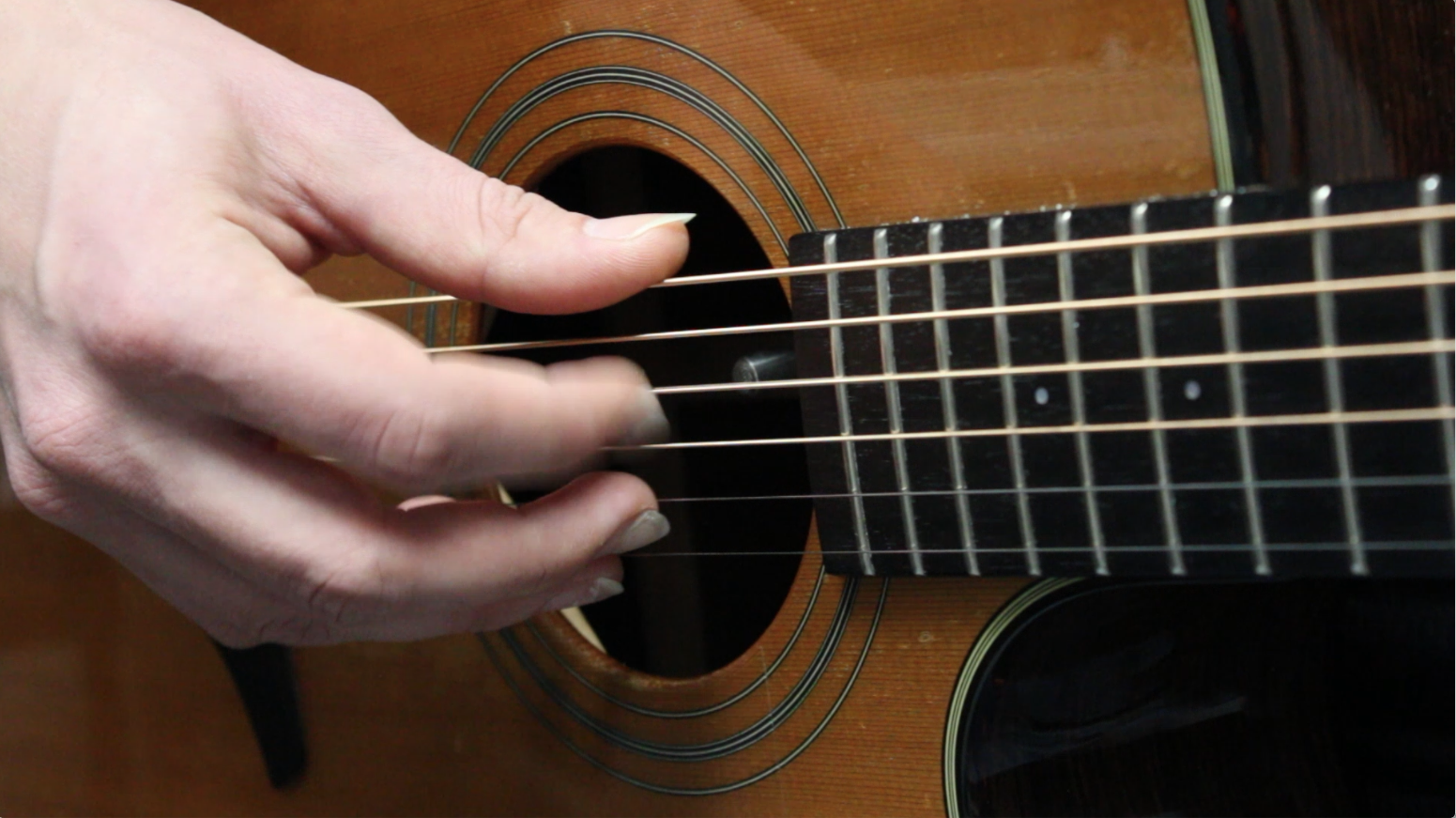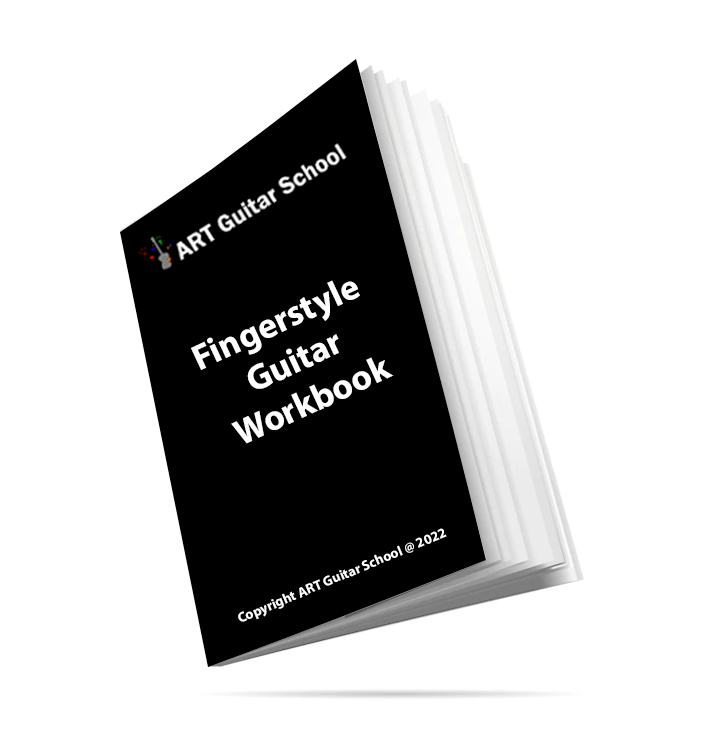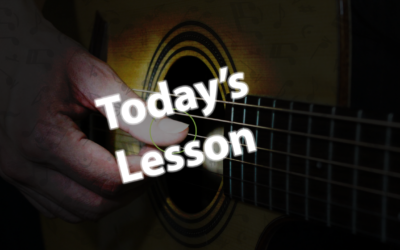FINGERPICKING KEY

The right hand:
P = Thumb
I = Index
M = Middle
A = Ring
Fingerpicking Pattern No. 1
This is the most essential fingerpicking pattern to start with. It requires no left hand chord or fretted notes. It is used in many popular fingerpicking songs and some songs are slight variations of this same pattern.
We have all open strings being plucked in sequential order. Each note is a quarter note in duration and will last exactly one second each if played at 60bpm.
Lets get to playing!
We will pluck each open string in order starting from the 6th string (Low E) and ending on the 1st (High E).
Step 1. Lets start with thumb (p) and pluck the 6th-4th string
Step 2. Pluck index (i), middle (m) and ring (a) on the 3rd-1st strings.

Here is a video demonstration of the finger picking pattern:
If you were having trouble please contact us and we will help you!
FOLLOW US ON
Get our FREE Fingerstyle Workbook!
RELATED BLOG POSTS
5 Beautiful Fingerstyle Guitar Songs You Can Learn in a Week
Looking for some fingerstyle song challenges? Here are five songs that are perfect for you to learn in a week:
“Blackbird” by The Beatles – An iconic, simple fingerpicking pattern.
“Dust in the Wind” by Kansas – A classic, easy-to-learn fingerstyle tune.
“Fast Car” by Tracy Chapman – A soulful, subtle fingerstyle riff.
“Hallelujah” by Leonard Cohen – Emotional and accessible.
“Tears in Heaven” by Eric Clapton – A slow ballad perfect for emotional expression.
The Art of Dynamics in Fingerstyle Guitar: Adding Emotion to Your Playing
Fingerstyle guitar gives you the power to add emotion through dynamic changes. Here’s how to express yourself through dynamic variations:
1. Thumb Control
Control your thumb’s volume to emphasize or soften bass notes, depending on the song’s mood.
2. Finger Pressure
Alter your finger pressure when plucking to create tonal variety. A soft touch yields a mellow sound, while a firm pluck sharpens the note.
3. Experiment with Rest Strokes
Let your finger rest on the next string after plucking for a fuller, richer sound.
4. Play with Dynamics During a Song
Vary your volume throughout the song to create emotional contrast—soft in some sections, loud and intense in others.
Building Fingerstyle Speed: Techniques and Exercises
Want to play faster? Speed is essential in fingerstyle, and it requires time, muscle memory, and dexterity. Here’s how to improve your fingerstyle speed:
1. Start Slow
Always practice at a slow tempo. It’s better to play perfectly slow than mess up at a fast pace. Gradually increase speed with a metronome.
2. Isolate the Fingers
Practice each finger separately, focusing on your thumb for bass notes and your index and middle fingers for melody notes.
3. Cross-Hand Exercises
Practice alternate bass and melody with a focus on synchronizing both hands.
4. Work with the Circle of Fifths
Practice fingerpicking through chord changes based on the Circle of Fifths to improve transitions and finger independence.
5. Use Backing Tracks
Once comfortable, use backing tracks to stay on beat and stay motivated.




0 Comments